Mini Case Studies
This are brief summaries of my experience at Tobii.
To comply with my NDAs, I have omitted confidential information.
Get more details about each project upon request!
Overview
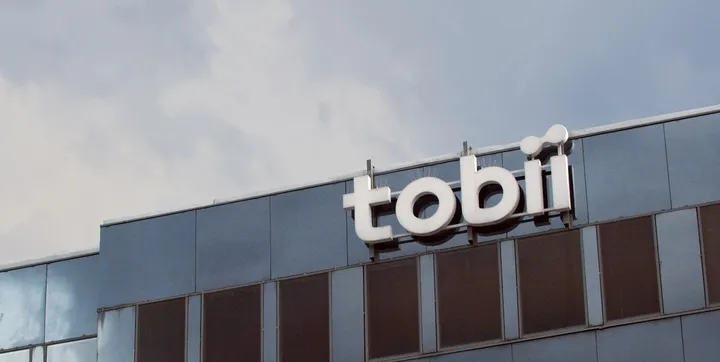
Tobii is a company from Stockholm, with +650 employees that operates across Asia, Europe, and North America.
Clients include Nasa, Google, Ipsos, and top world universities like Harvard, Princeton and Cambridge.
Tobii is the global leader in eye tracking, and pioneer in attention computing — technology that helps understand human attention and intent, thanks to AI and advanced signal processing, which transform eye movements, gestures, and body dynamics into meaningful attention metrics.
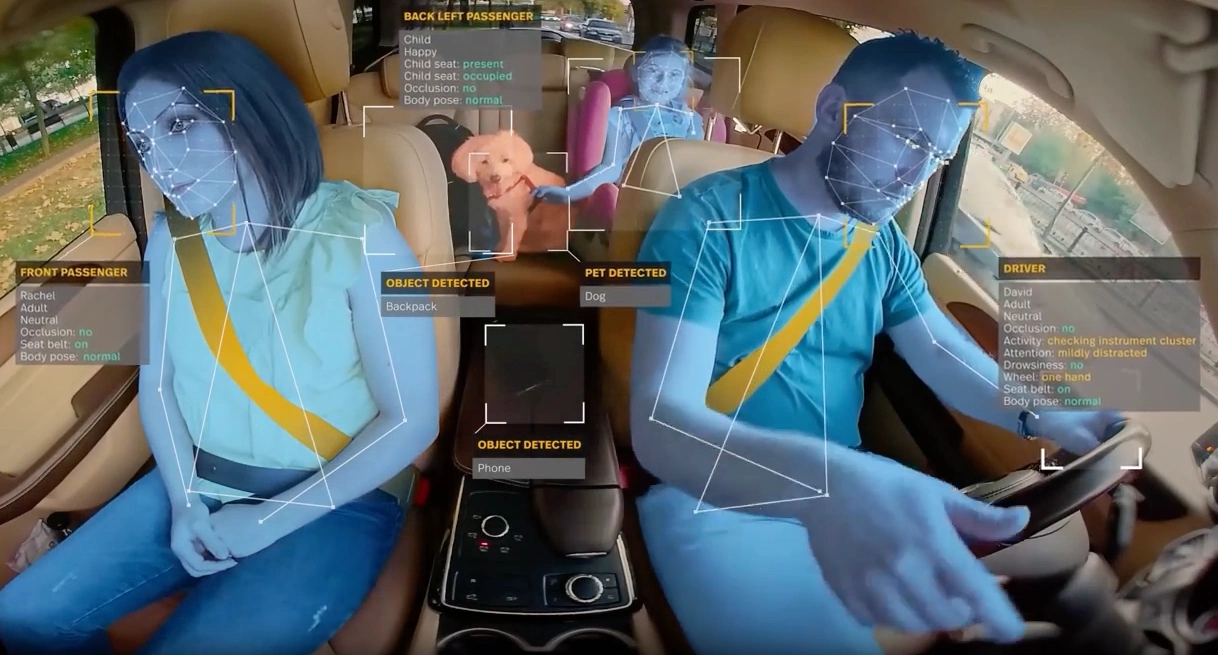
Video and images from Tobii’s website
Tobii’s solutions spans across research, education, gaming, and automotive industries.
Role
After acquiring “Oculid” –the small Berlin startup with a competitor eye-tracking research product I was working for–, I started working fully remotely as a Senior UX Designer for Tobii.
Tasks
I first helped rebranding and redesigning the Oculid products: a web platform and two mobile apps (iOS & Android), to meet quality standards, style and approach of the Tobii products, and then led UX initiatives to progress additional SaaS solutions belonging to the same product suit: the “Tobii Discovery Hub” with cloud-based applications for professional eye tracking and attention computing research.

Mini case study 1
Tobii UX Explore
As the sole designer for Tobii UX Explore (the continuation of Oculid under Tobii), I successfully led the product’s transition and redesign to meet Tobii’s high design and usability standards.
Design Transition & Redesign
I collaborating with three Tobii designers to gather requirements and materials. I adopted the Tobii Design System to redesign all products, simultaneously resolving long-standing usability issues. My work was instrumental in migrating all Oculid designs, and advancing UX Explore further.
Strategic Alignment & Research
I reoriented the Oculid/UX Explore strategy to align with Tobii’s cloud research suite and broader market fit. This involved researching Tobii products and key competitors, supporting Product Managers and Product Owners in understanding the existing Oculid roadmap, setting new goals and KPIs.
Examples of end-designs with illustrations made by me
(I can’t add images due to my NDA, but you can check how the designs looked before by visiting the Oculid case study.)
Mini case study 2
Sticky
Sticky is a tool for market researchers to create and analyse remote eye-tracking and attention-emotion studies on desktop and mobile screens.
Task
I was responsible for redesigning the Areas of Interest (AOIs) Editor screen to make it more intuitive, and introducing a key new feature: Dynamic AOIs.
Context
AOIs are a core metric in eye-tracking research. They allow researchers to define specific areas on images or videos to analyze how much attention those areas receive using various metrics (see here).
The new Dynamic AOIs feature leveraged an object-tracking AI model created by Tobii data scientists to enabling AOIs to move with objects in videos.
Previously, users had to manually define static AOIs frame by frame—a tedious and time-consuming process. So solving this would be a major step forward in efficiency and usability for our customers.
Challenges
Designing this feature came with significant technical challenges due to the limitations of the AI Object-Tracker model. I worked closely with a data scientist and a front-end developer to understand those constraints and deliver the best possible solution.
Impact
The redesign received positive test results from Tobii’s Customer Experience and Insights teams, and was tested as well as by customers trying the feature early on right after launch. A follow-up survey, which I helped the CX team draft, helped evaluate customer adoption and satisfaction of this feature. Initial results showed high engagement and positive feedback via in-app surveys and pop-up ratings.
Mini case study 3
Glasses Explore
Glasses Explore is an eye tracking tool powered by AI for understanding human attention and intent. While UX Explore needed not extra hardware to function, Glasses Explore was meant to be used with the Tobii Glasses, which added another layer of precision thanks to its integrated eye movement sensors. Glasses Explore is able to reveal the finest nuances of human awareness: what people pay attention to, what they don’t, and why. It unpacks first-person perspectives in real-world contexts to help build better user experiences.

While I wasn’t part of the core design team and didn’t contribute to the designs directly, I supported the product’s development with usability tests, analyzing user interactions, and providing expert feedback.
Glasses Explore, Sticky and UX Explore were developed in parallel at Tobii as part of the same family of professional research tools. I collaborated closely with its teams, streamlining product strategy, sharing insights, design systems, and best practices to ensure consistency and a cohesive experience across this family of products, and within the bigger Tobii product ecosystem.
Conclusions
Transitioning from a small 12-person start-up like Oculid to a +600-person company like Tobii was a significant leap. Initially, I felt a bit overwhelmed by the number of meetings, but over time I came to enjoy collaborating with senior designers, developers, managers and experts in their respective fields. Meeting so many talented professionals and advancing our Oculid products further was a truly rewarding experience.
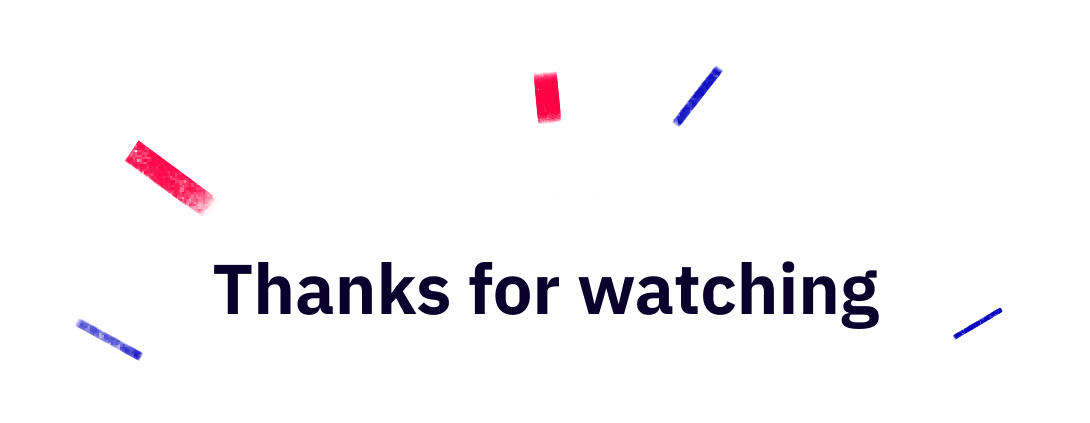
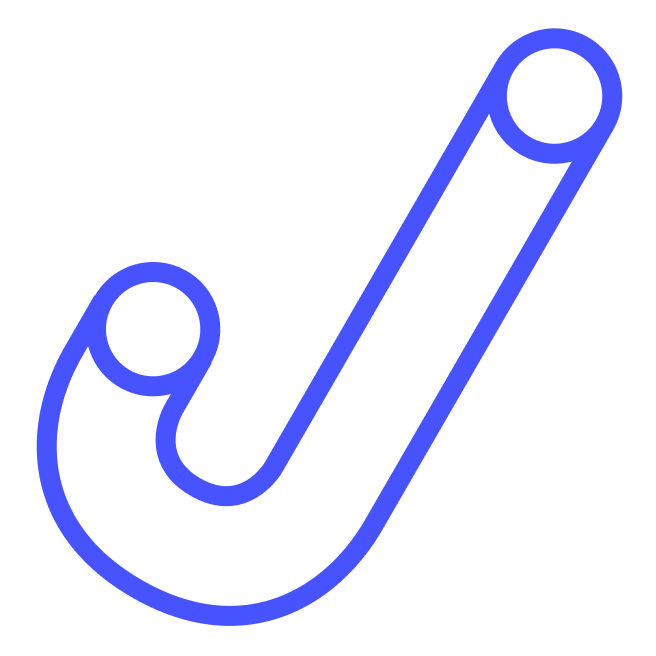
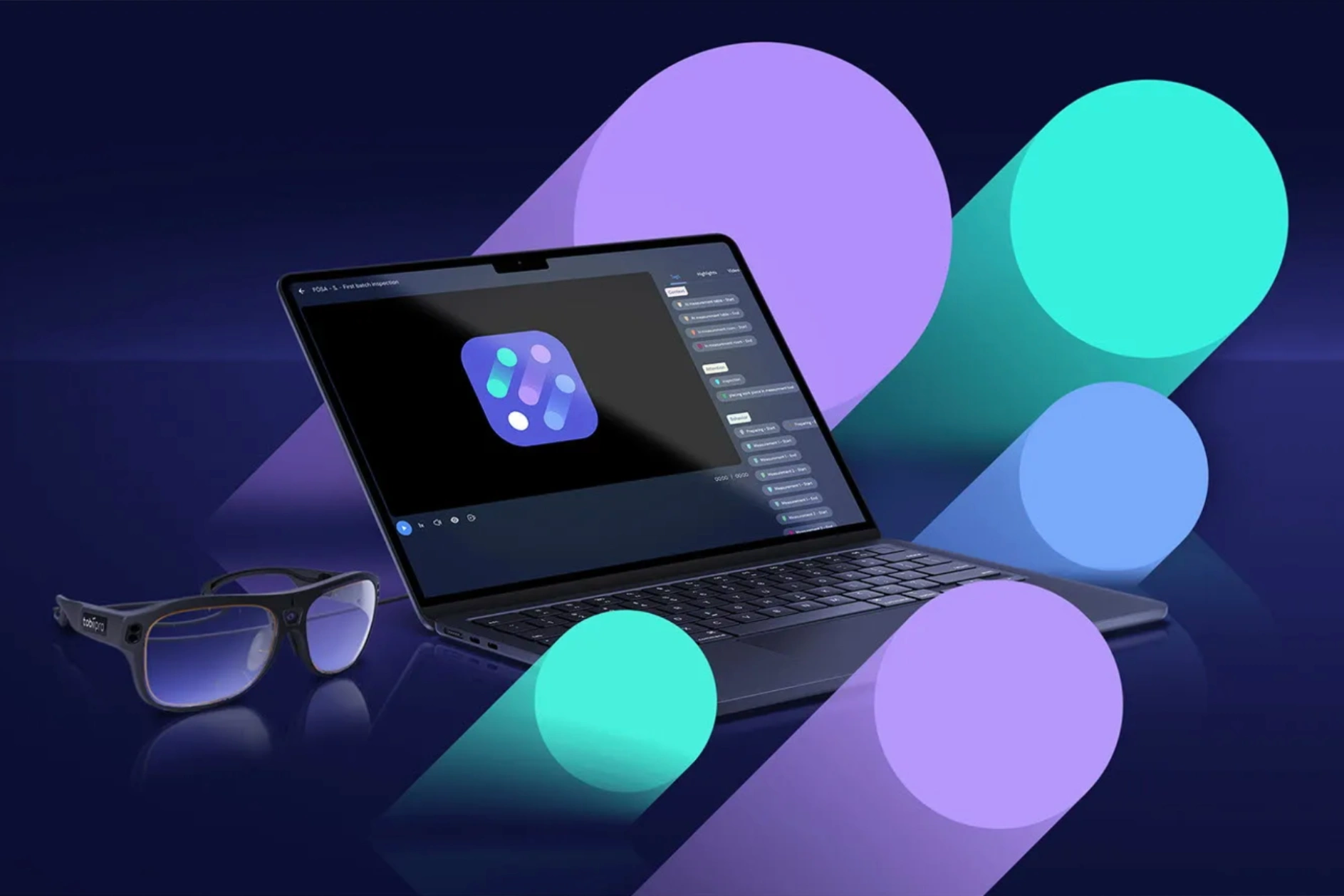
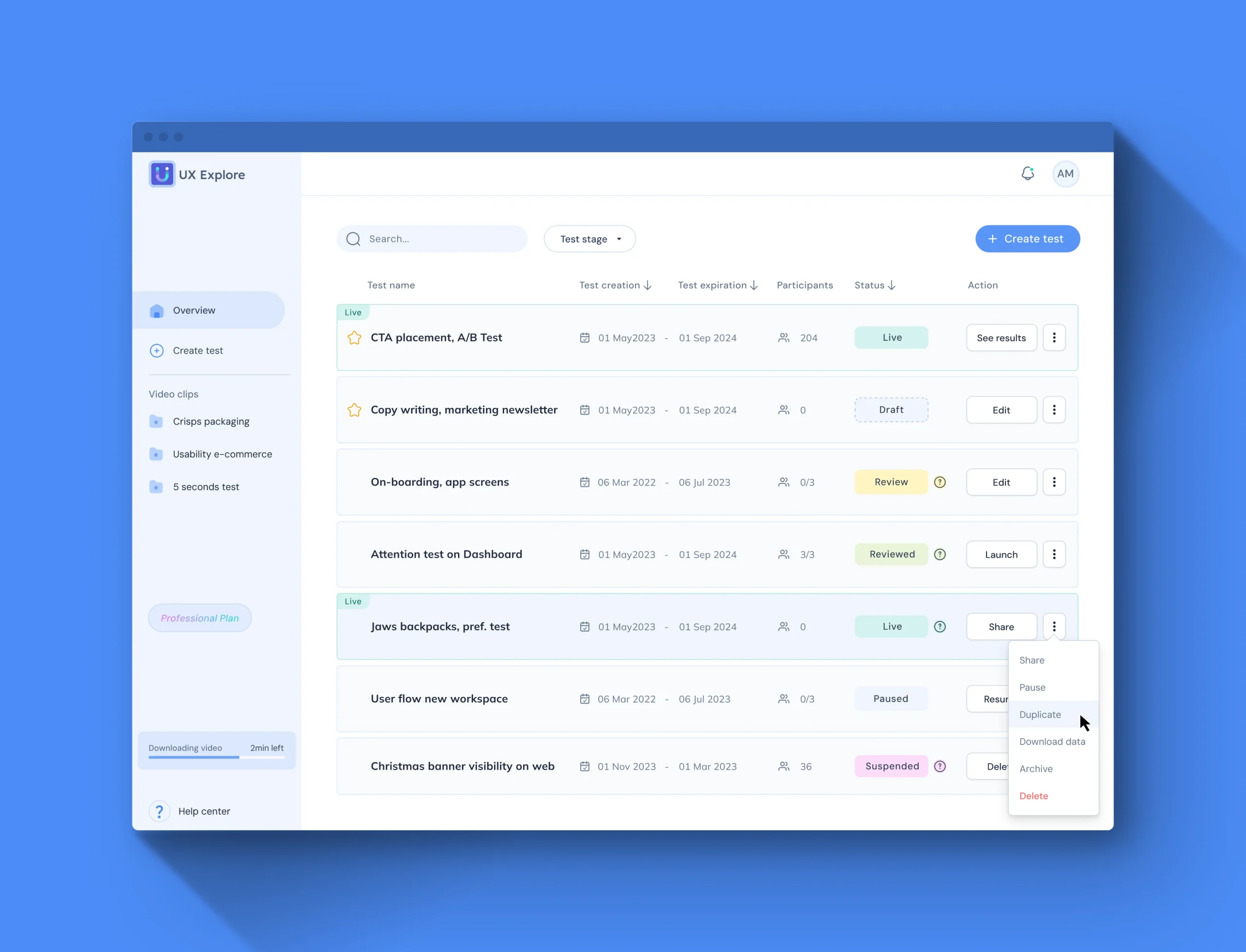
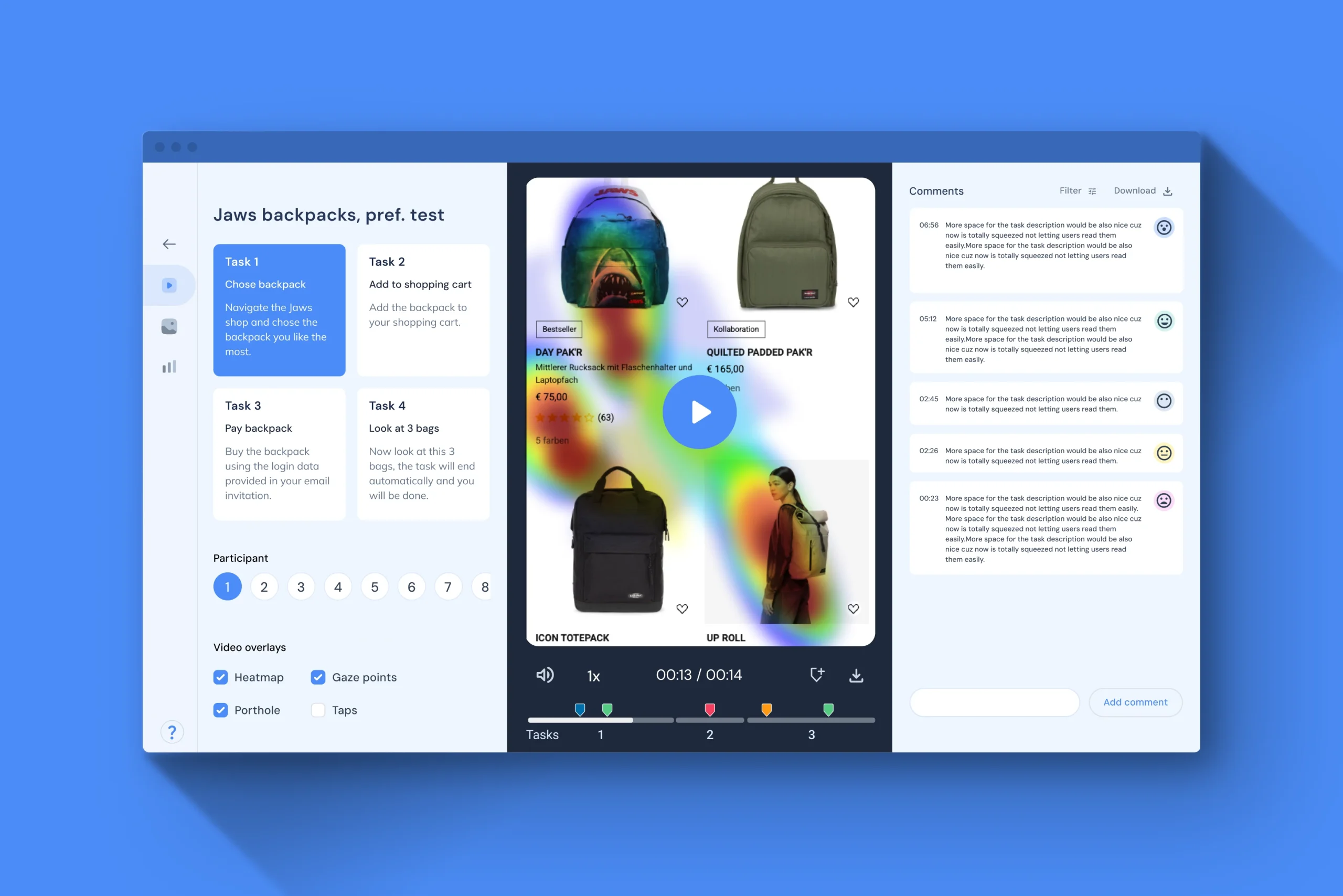
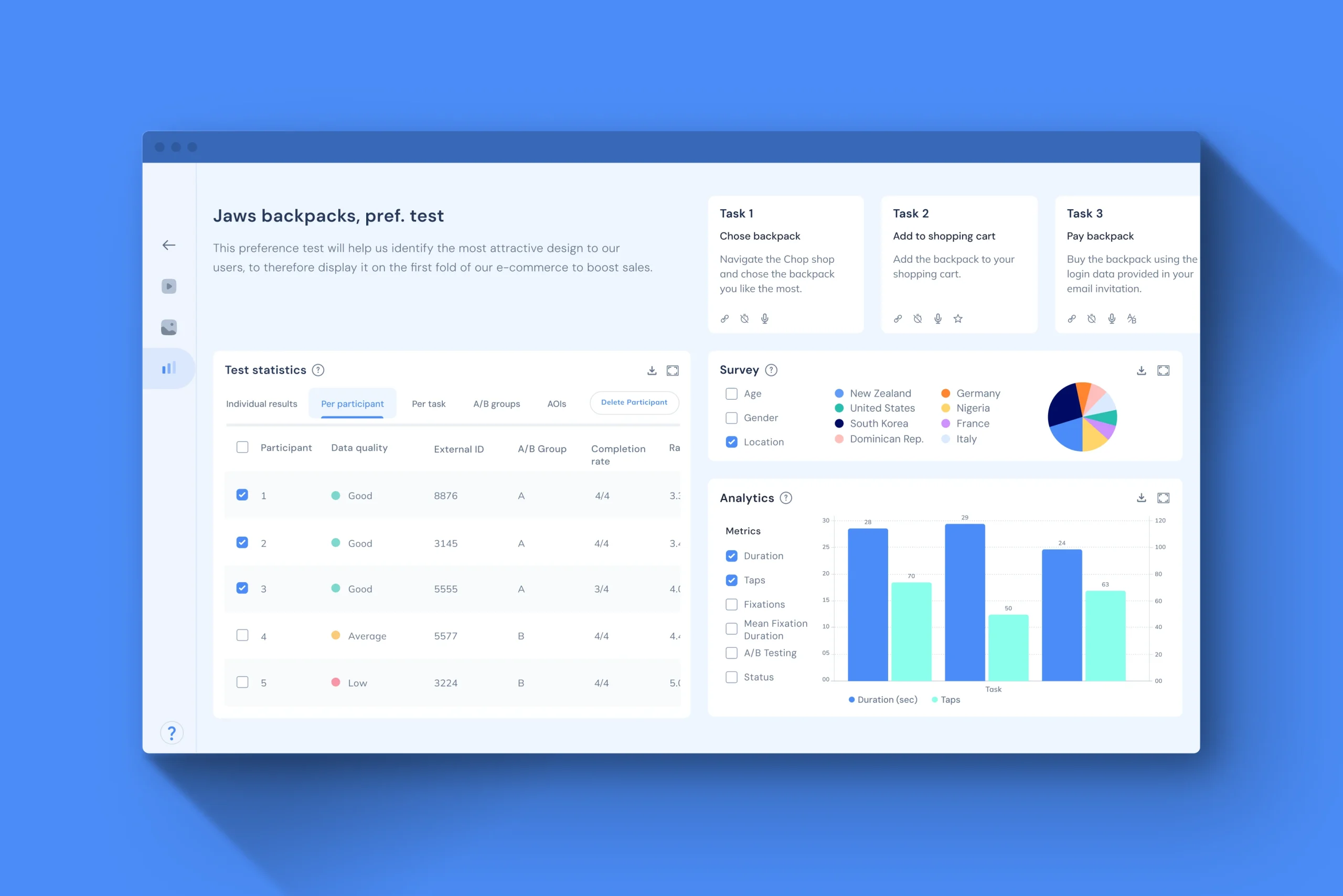
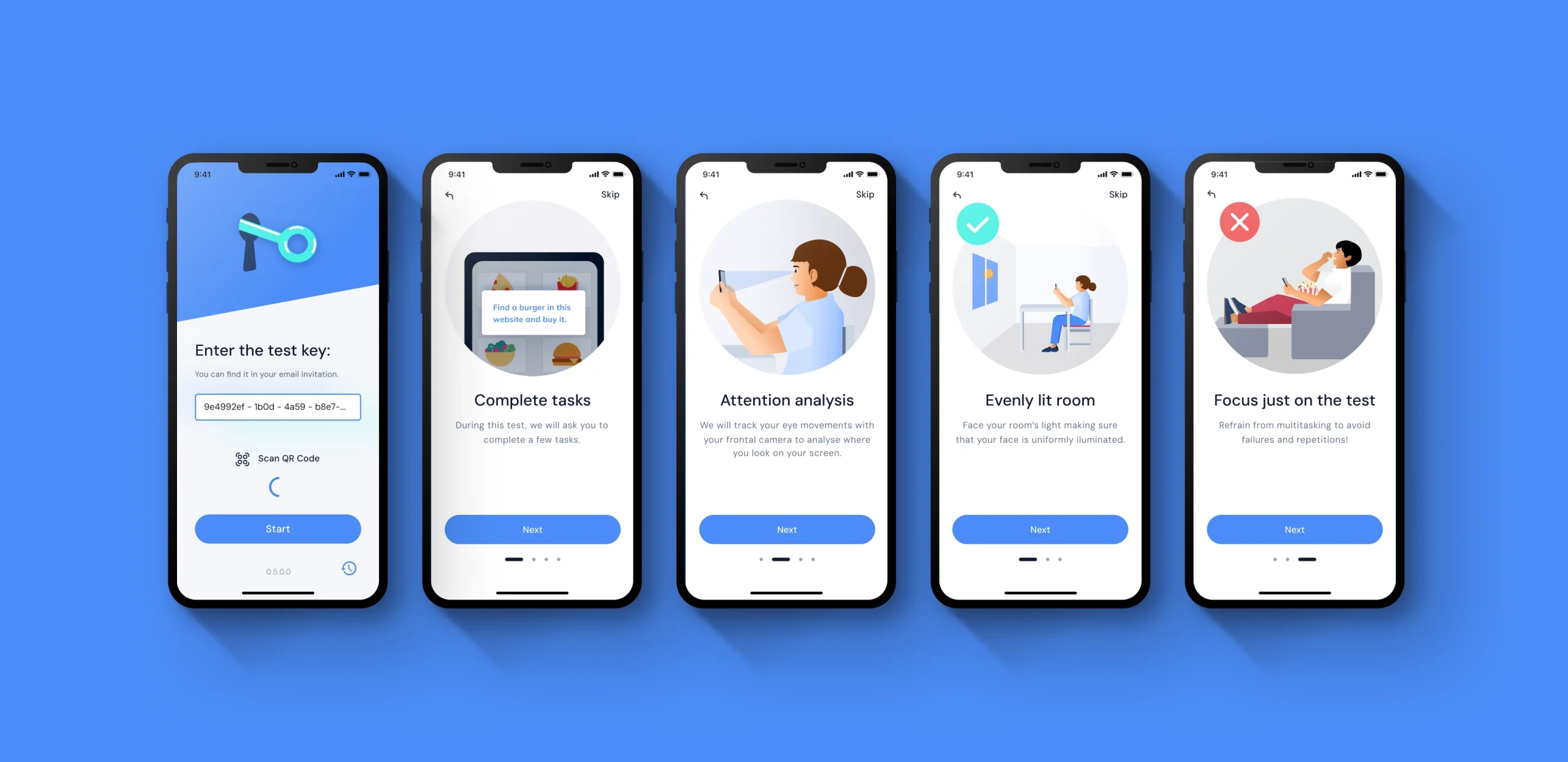


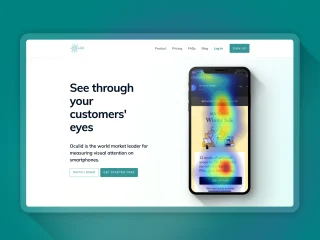
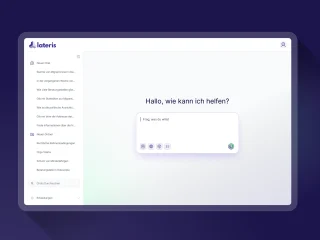
Leave a Reply
You must be logged in to post a comment.